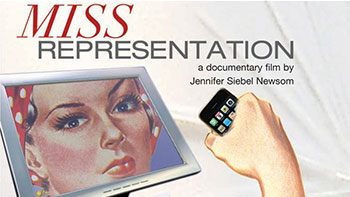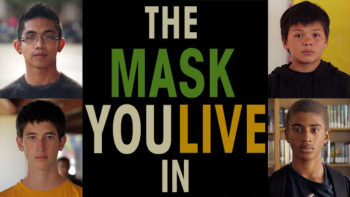Diversity and inclusion were the big winners at the 91st Annual Academy Awards. In the years since the #OscarsSoWhite campaign, launched by April Reign in 2015, the Academy has added more than 1,500 new voters—an increase of almost 30%. And the improvements in representation among nominees and winners were evident from the start of the ceremony. Even though there were no women nominated for Best Director, and none of the Best Picture nominees was directed by a woman (despite many critically acclaimed potential nominees) there was still much to celebrate at this years’ Oscars. Here’s a recap of the highlights for diversity and inclusion:
- This year was only the second time that African American performers won both Best Supporting Actress and Best Supporting Actor awards: Regina King for If Beale Street Could Talk and Mahershala Ali for Green Book.
- Until this year, only one African American woman had ever won an Oscar for a non-acting role. This year, that number tripled with wins by Ruth E. Carter for Best Costume Design and Hannah Beachler for Best Production Design— both for their work on Black Panther.
- Rami Malek was the first Egyptian American to win a Best Actor award for his portrayal of Freddie Mercury in Bohemian Rhapsody.
- Rayka Zehtabchi became the first Iranian American to win an Academy Award for her win as Director of the Best Documentary Short: Period. End of Sentence. Her film and her acceptance speech are breaking taboos around menstruation!
- Domee Shi won the Best Animated Short Oscar for Bao. She went from intern to director at Pixar (their first female director on a short film) in just seven years!
- Mexican Director Alfonso Cuarón was the first person to win both Best Director and Best Cinematography for a single film for Roma. And in one of his acceptance speeches, Cuarón acknowledged “…the Academy for recognizing a film centered around an indigenous woman. One of the 70 million domestic workers in the world without workers’ rights.”
- This year also marks the highest number of LGBTQ-inclusive films nominated.
- Selma Blair, who revealed that she has Multiple Sclerosis, proudly walked with a cane as she entered the Vanity Fair Oscars’ Party, championing representation among people with disabilities and chronic illnesses.
- Some celebrities openly challenged gender norms in their evening attire. Billy Porter stunned in his tuxedo-inspired ball gown. Jason Momoa donned a pink velvet suit. And Melissa McCarthy, Awkwafina, and Elsie Fisher walked the red carpet in pantsuits.
- And, a little off topic, but…that Nike commercial!
While this years’ ceremony was an improvement for diversity and inclusion, more progress is needed for talented female directors and for accomplished women behind the camera in achieving the accolades that they deserve. Reports state that women still only make up a third of all Oscar voters.
Initiatives like the 4% Challenge (named so because women directed only 4% of the top grossing films of the past decade), aim to increase the number of women in the director’s chair. The challenge, which came out of Sundance, asks actors and studios to pledge to work with at least one female director in the next eighteen months. It’s encouraging to see names like Amy Schumer, Brie Larson, Armie Hammer, and Reese Witherspoon pledge their support. Even more encouraging is the list of studios who have signed on: including Amazon, Universal, MGM, and Paramount.
As audience members, we can do our part by pledging to see more female-directed films in the theater to ensure their commercial success. More women directors will mean more women voters in the Academy in future years. Interestingly, four male, Mexican directors have won the past five directing Oscars. We’re ready for a streak like this for women winning the Academy Award for Best Director!



